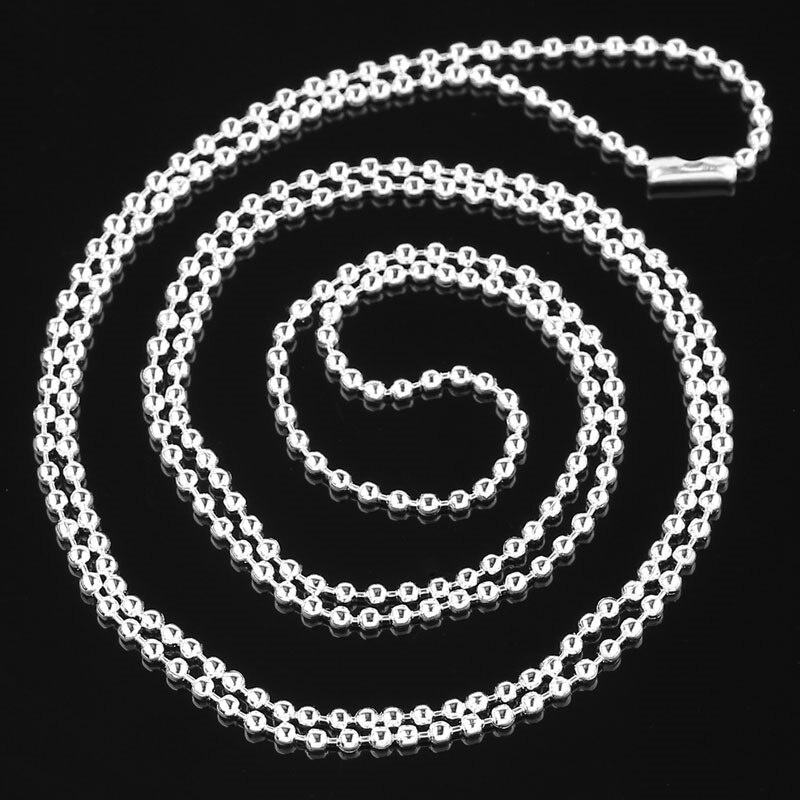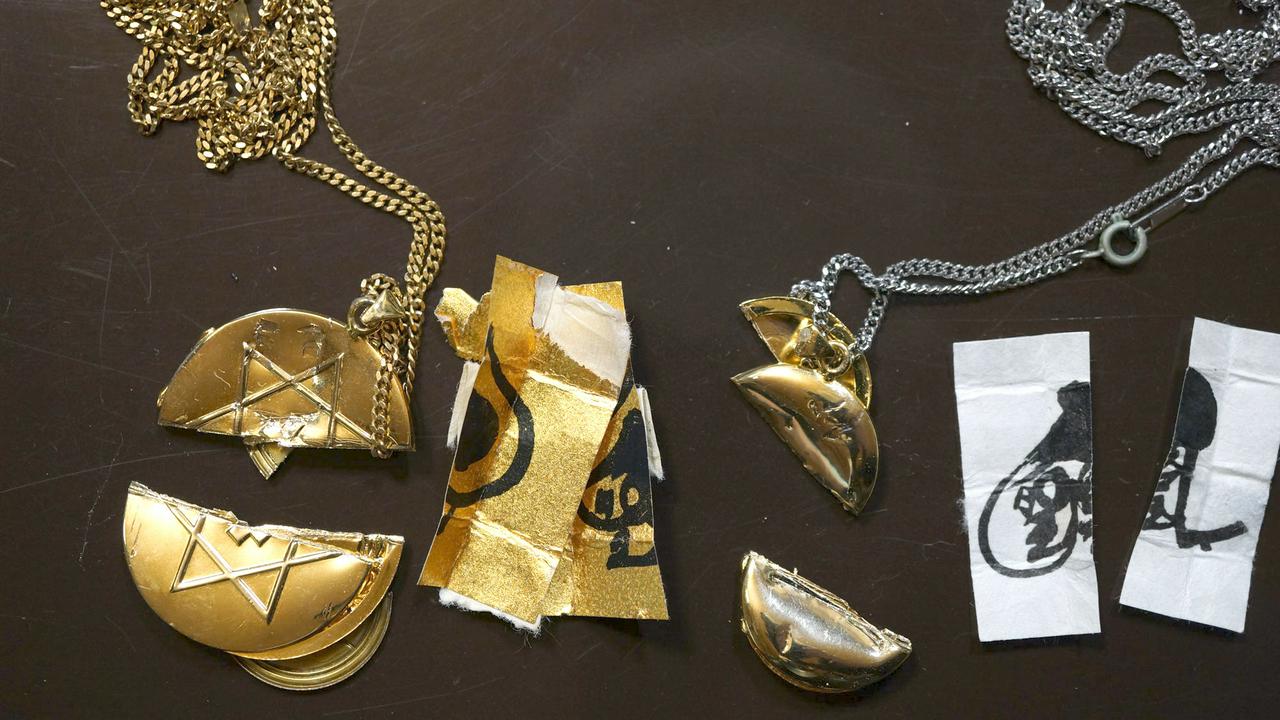How to spot a Mahikari member in the wild
Mahikari members are called kamikumite (kah-mih-koo-mih-tay), which means 'hand-in-hand with God', or kumite for short (koo-mih-tay).
They are generally lovely people, but there's a barb in the tail. These folks are all about being helpful, and have been trained to look for the painful (ie vulnerable) areas of your life (are you lonely, unwell, poor, recently bereaved, recently unemployed, generally stressed and in a bad place? Wonderful.) They will target their message accordingly.
There are a few things that will identify a kumite in public. They almost always wear their special badge, called a goshinmon (goh-shin-monh). It looks like this, and is worn on the left side on the upper chest, near the shoulder:

Unless they're swimming or playing contact sports (including sexy times!), they will be wearing their omitama, the pendant that gives them God's protection and channels the 'Divine Light'. You won't be able to see it, because it's wrapped in lots of layers to keep it dry and safe, and it's pinned into a pocket in their underwear.
They wear a strong necklace chain that is long, and leads to the pocket inside their clothes (so it doesn't swing free outside of their clothes).
The most basic form of this chain is the simple ball chain. Depending on people's means, they may have fancier chains, but they will always be strong. No light delicate necklaces here. That omitama is more precious than your own life, so you'd better put it on a strong chain!

Anyone wearing a bra will usually have the omitama pocket inside their bra, either on the left (spiritual) side or centrally. Adults and kids (from age 10) who don't wear bras will always be wearing a singlet or undershirt of some sort. The omitama pocket is sewn into this garment, either in the centre of the chest, or on the left side.
Women are guided not to wear black, generally, and the usual religious exhortation about modest outfits.
So, the main visible things to look out for are the Mahikari badge, a long sturdy necklace tucked inside clothes, and people who always wear an undershirt.
Plus, they're always smiling, and nothing is bad. And they're really nice and helpful (which sucks, because they are usually genuinely lovely people on the whole, but misguided and victims who have become unwitting perpetrators).
And one of their hands is often cocked at an angle (surreptitiously giving Light whether you want it or not). If they offer to give you Light, politely decline. Or go on, be rude ...
#mahikari #sukyomahikari #omitama #kumite #cult #truelight #influence

